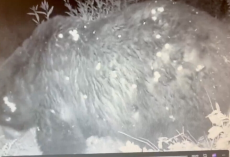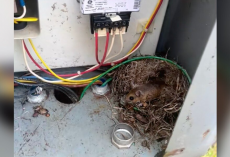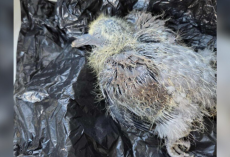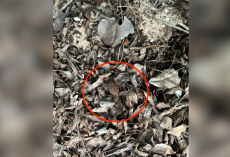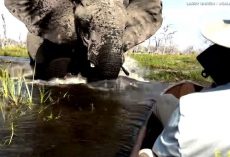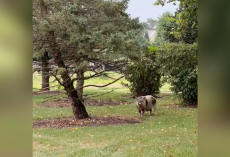Earlier this year, a team of researchers from the Schmidt Ocean Institute sent a remotely operated vehicle, ROV SuBastian, plunging two miles beneath the ocean’s surface.
Their mission: to explore the mysterious Mar Del Plata Canyon, an immense underwater trench off Argentina’s coast that reaches 11,483 feet deep — twice the depth of the Grand Canyon.
No one had ever seen what lived at the bottom of this hidden world. But when live footage appeared on the scientists’ monitors, they were left speechless.
The deep-sea landscape shimmered in shades of pink — pastel coral gardens, delicate pink sea stars, even pink octopuses drifting through the water.

But one discovery stood out most of all: a gathering of bubblegum-colored lobsters.
The team believes the crustaceans are Patagonian lobsterettes (Thymops birsteini) — a rare species found only in the waters around South America. Scientists have recorded sightings of these bright pink lobsters only a few times before, but never so clearly or in such numbers.

“They resemble typical lobsters, with two large claws, four pairs of walking legs, and a long tail,” the institute shared. “We watched about a dozen of them huddled together around a rock — a truly remarkable sight.”
“While little is known about these animals, they resemble a typical lobster with two large claws, four other pairs of walking legs that can be used to gather food called pereiopods, and a long tail, which is called a pleon,” the Schmidt Ocean Institute wrote.
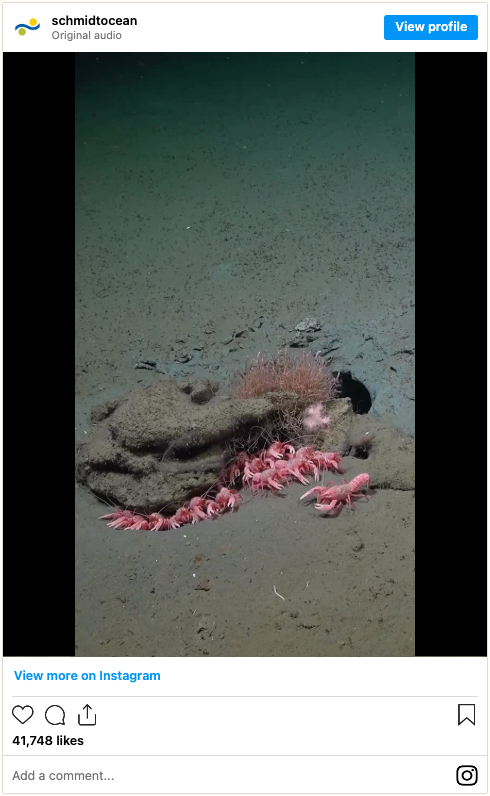
Social media quickly fell in love with the images of these “Barbie-pink” lobsters. But their coloring, while charming, serves a serious purpose: in the deep sea, red and pink hues appear black, helping the lobsters blend perfectly into the darkness.
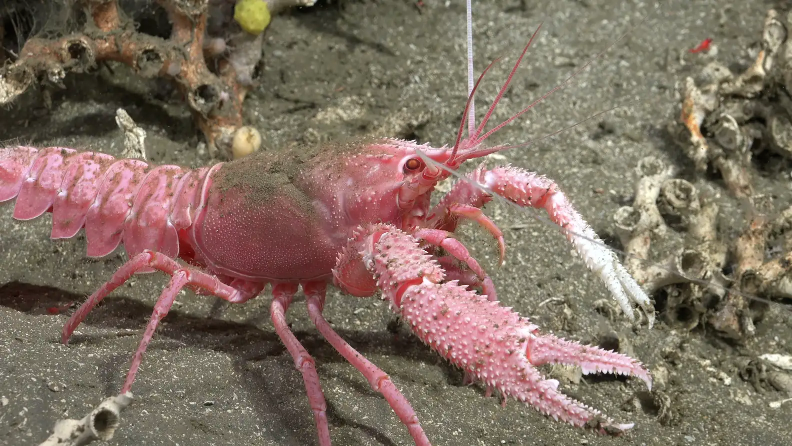
Over the course of the three-week expedition, researchers documented over 40 new-to-science species and gained an unprecedented look at the fragile ecosystem thriving in one of Earth’s least-explored regions.
However, not everything they found was beautiful. Among the coral and rare life forms were plastic bags and human debris, stark reminders of how far pollution has spread — even to places humans have never touched.
“Deep-sea canyons are biodiversity hotspots and vital to ocean ecosystems,” said Jonathan Flores, a researcher with Argentina’s National Scientific and Technical Research Council. “Yet we still know so little about them.”
Thanks to expeditions like this, the deep ocean is slowly revealing its secrets — one pink lobster at a time.


